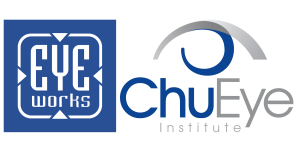
How Much Does Cataract Surgery Cost In Ft. Worth, Texas
The costs of cataract surgery in Ft. Worth, Texas depend on various factors, such as eye health, age, medical history, or past eye surgery. A primary factor, however, depends on your health insurance plan through Medicaid, Medicare, or even private medical insurance. From a recent report, patients without any medical insurance had an out-of-pocket cost between $3,600 and $6,000 for each eye.
Fortunately, the majority of cataract surgery procedures carried out in the U.S. are either partially or fully covered by medical insurance. This is to help the patient save on the overall cost of the procedure and help people get back to their daily lives. Cataract surgery is categorized as a medically necessary procedure.
Affordable Or Low Cost Cataract Surgery in Ft. Worth
Patients who are relying solely on their medical insurance will likely opt for cataract surgery at the lowest cost. The industry standard for a low-cost cataract surgery is to replace the natural lens with a monofocal intraocular lens (IOL), which often requires little to no added cost. A monofocal lens will often correct either nearsightedness or farsightedness in the patient. The patient may only be required to pay their deductible and/or co-payments as specified in their insurance policy.
However, for patients seeking to improve their vision further, opting for a presbyopia-correcting IOL or a premium Toric IOL for astigmatism will require that patients pay the additional cost incurred as a result of these advanced techniques. However, the benefits are well worth the added costs.
Fort Worth Hulen
Southlake
Fort Worth West 7th
Fort Worth Hulen
Southlake
Fort Worth West 7th


